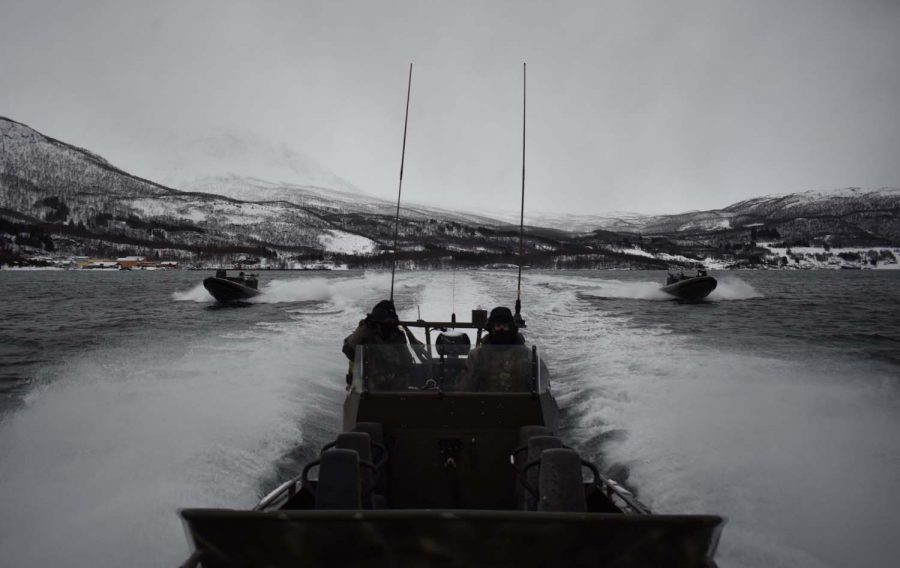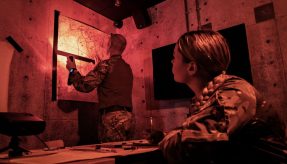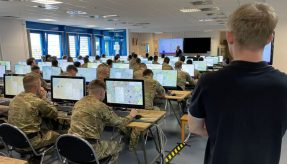
Commandos from the Royal Navy have been preparing for Arctic warfare in Norway through the Cold Weather Warfare Course.
Royal Marines from the 45th Commando in Arbroath have been taking part in training for Arctic warfare in northern Norway including carrying heavy equipment and crossing snow and ice. Before moving onto the combat stages of the winter deployment, Royal Marines of Arbroath-based 45 Commando must complete the mobility phases of the Cold Weather Warfare Course in northern Norway.
Green Berets have to know how to get into battle and also move around during combat in one of the planet’s most unforgiving environments, where the sun barely rises and temperatures plummet to below -30C. Commandos must be able to carry weights of up to 75lbs, pulling pulks (sleds) weighing up to 40lb through the snow on skis or snow shoes.
Captain Marcus Winter said: “The restricted terrain and challenging weather of northern Norway makes the ability to manoeuvre faster, further and through areas our potential adversaries cannot, of vital importance to commando forces. Vehicles and helicopters are superb assets in the Arctic but the combination of weather, mechanical breakdown and enemy action require the individual commando to be able to ski and snowshoe with their ‘house on their back.”
“As we move towards a Future Commando Force construct, as commandos it is vital we can be self-reliant in the field. The mobility training was made all the more challenging by the harsh environmental conditions – we’re now looking forward to learning the tactical skills on the fight phase of the Cold Weather Course.”
The Bovington-based Vikings recently arrived in Norway, unloading from sealift ship MV Eddystone at the port Sorreisa. The Vikings and other vehicles used by the Royal Marines headed in land for the staging area at the base in Bardufoss, before heading out to Setermoen for driver training.
If you would like to join our community and read more articles like this then please click here.
Arctic combat commandos Norway Royal Marines Training vehicles








